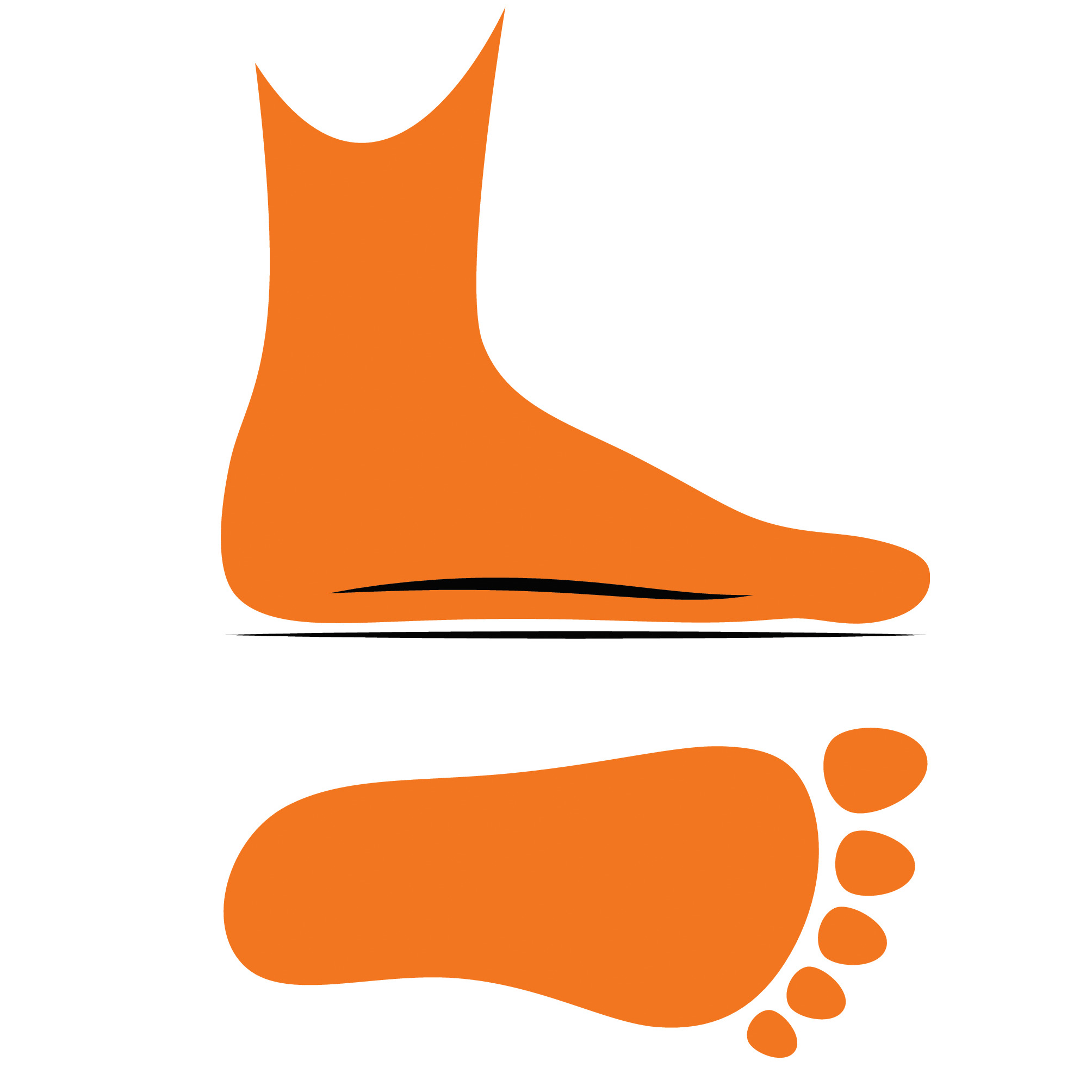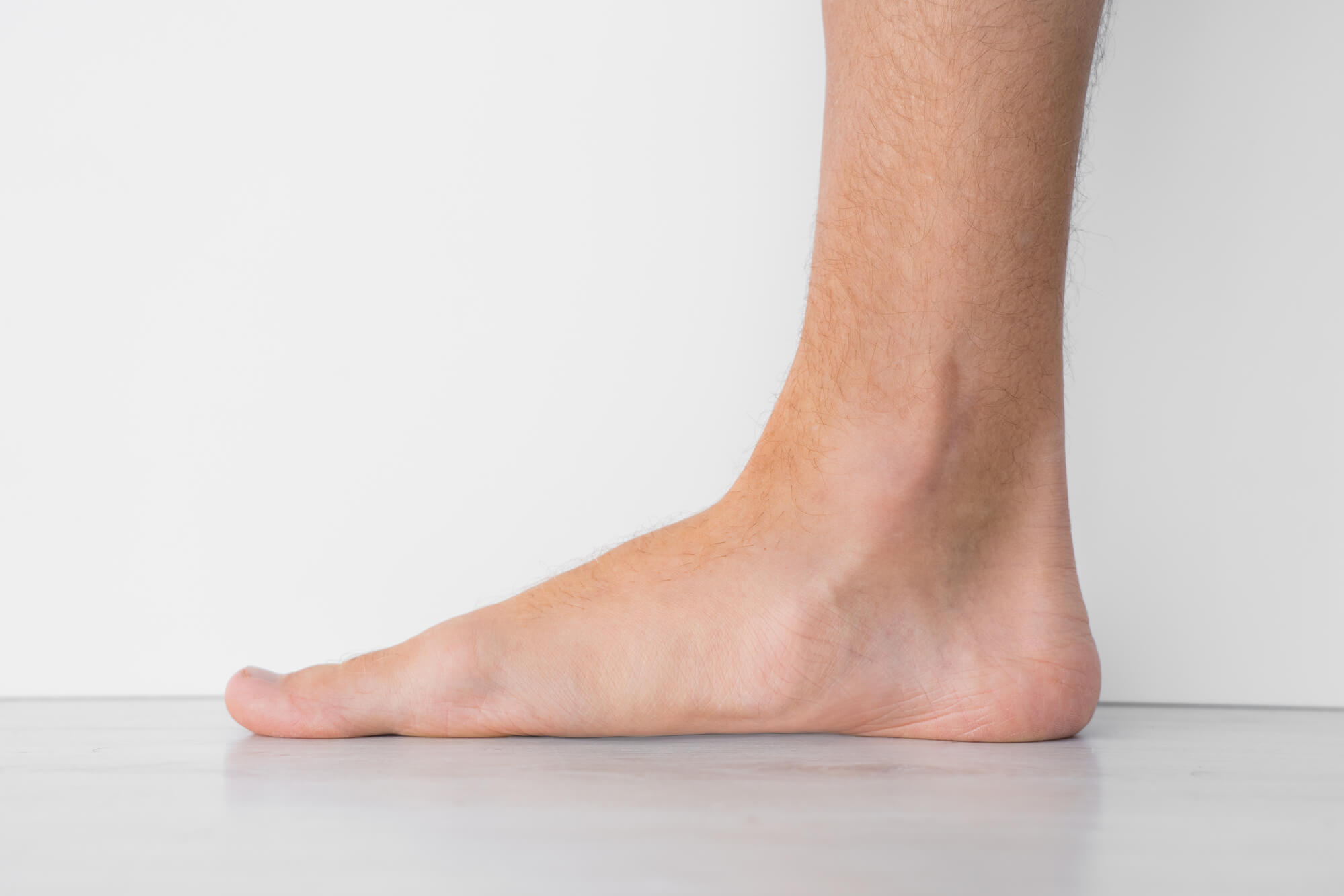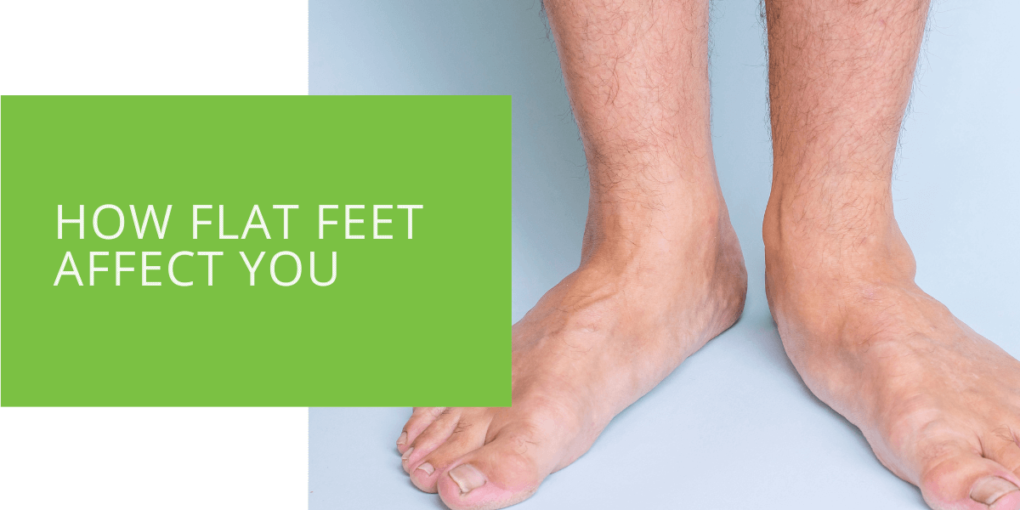How Flat Feet Affect You
Flat feet, also known as fallen arches, is a condition where the arch of the foot collapses, causing the entire sole of the foot to come into contact with the ground. This common condition affects millions of people worldwide and can cause many problems for those with it. In this article, we will explore the causes, symptoms, and effects of flat feet and discuss the various treatment options available for managing this condition.
What are Flat Feet?
Definition
Flat feet is a condition where the arch of the foot collapses, causing the entire sole of the foot to come into contact with the ground. This can occur in one or both feet and range from mild to severe. Flat feet can be congenital, meaning that it is present from birth, or acquired, meaning that it develops later in life.
Causes
There are several common causes of flat feet. These include:
- Genetics: Flat feet can run in families and be inherited from one's parents.
- Injury or trauma to the foot or ankle: This can cause the tendons, ligaments, and bones in the foot to weaken, resulting in the arch collapsing.
- Overuse or repetitive stress: This can cause inflammation and irritation of the muscles and tendons in the foot, leading to flat feet.
- Rheumatoid arthritis or other inflammatory conditions: These conditions can cause inflammation and damage to the joints and tendons in the foot, resulting in flat feet.
- Obesity: Carrying extra weight can put a lot of stress on the feet, leading to flat feet.

Symptoms and Effects
Pain in The Feet, Ankles, and Lower Legs
Pain is a common symptom of flat feet. This pain can occur in the feet, ankles, and lower legs. People with flat feet may also experience pain in their shin splints, as the muscles and tendons in the lower legs have to work harder to compensate for the fallen arches.
Overuse Injuries
Flat feet can also lead to a higher risk of overuse injuries, such as shin splints, as the muscles and tendons in the lower legs have to work harder to compensate for the fallen arches.
Posture and Balance Issues
Flat feet can also affect your posture and balance, causing problems such as an inward roll of the ankle, which can increase the risk of falls.
Back and Knee Pain
Flat feet can also cause back and knee pain, as the fallen arches can stress the legs and lower back.
Difficulty Standing or Walking for Long Periods
People with flat feet may also experience difficulty standing or walking for long periods, as the fallen arches can put extra strain on the feet and legs.

Diagnosis and Treatment
How Flat Feet are diagnosed
If you suspect you may have flat feet, you must see a podiatrist or foot and ankle specialist. They may recommend an x-ray or other imaging test to get a better look at the bones and joints in your feet. They may also perform a physical examination, during which they will observe how you walk and evaluate your feet, ankles, and legs for signs of flat feet.
Conservative treatment options
There are several conservative treatment options for flat feet. These include:
- Stretching and strengthening exercises: Your podiatrist may recommend exercises to help strengthen the muscles and tendons in your feet to help support the arch.
- Orthotics and supportive shoes: Custom orthotics can help redistribute the weight in your feet, reducing the stress on your arches. Your podiatrist may recommend shoes with arch support, such as running shoes.
- Rest and ice: In case of pain and injury, rest and applying ice can help reduce pain and inflammation.
- Physical therapy: Your podiatrist may recommend physical therapy to help you manage pain and improve your mobility.
Surgery as A Last Resort
If conservative treatment options do not provide enough relief, or if a structural issue causes your flat feet, your podiatrist may recommend surgery as a last resort. Surgery can help to correct the underlying problem, but recovery can be long, and it's not always effective.
Preventing and Managing Flat Feet
Stretching and Strengthening Exercises
Stretching and strengthening exercises can help to improve the strength and flexibility of the muscles and tendons in your feet, which can help to support your arches.
Orthotics and Supportive Shoes
Orthotics and supportive shoes can help to redistribute the weight in your feet, reducing the stress on your arches. Your podiatrist can recommend or create custom orthotics for you.
Maintaining a Healthy Weight
Maintaining a healthy weight is also important for preventing and managing flat feet, as extra weight can stress your feet.
Conclusion
Flat feet is a common condition that affects millions of people worldwide. It can cause many problems, including pain in the feet, ankles, and lower legs, overuse injuries, posture and balance issues, back and knee pain, and difficulty standing or walking for long periods. Treatment options include stretching and strengthening exercises, orthotics, supportive shoes, physical therapy, and surgery as a last resort. See a podiatrist or foot and ankle specialist if you suspect you have flat feet and maintain a healthy weight to prevent the problem. People with flat feet can live comfortably with appropriate treatment and management.

